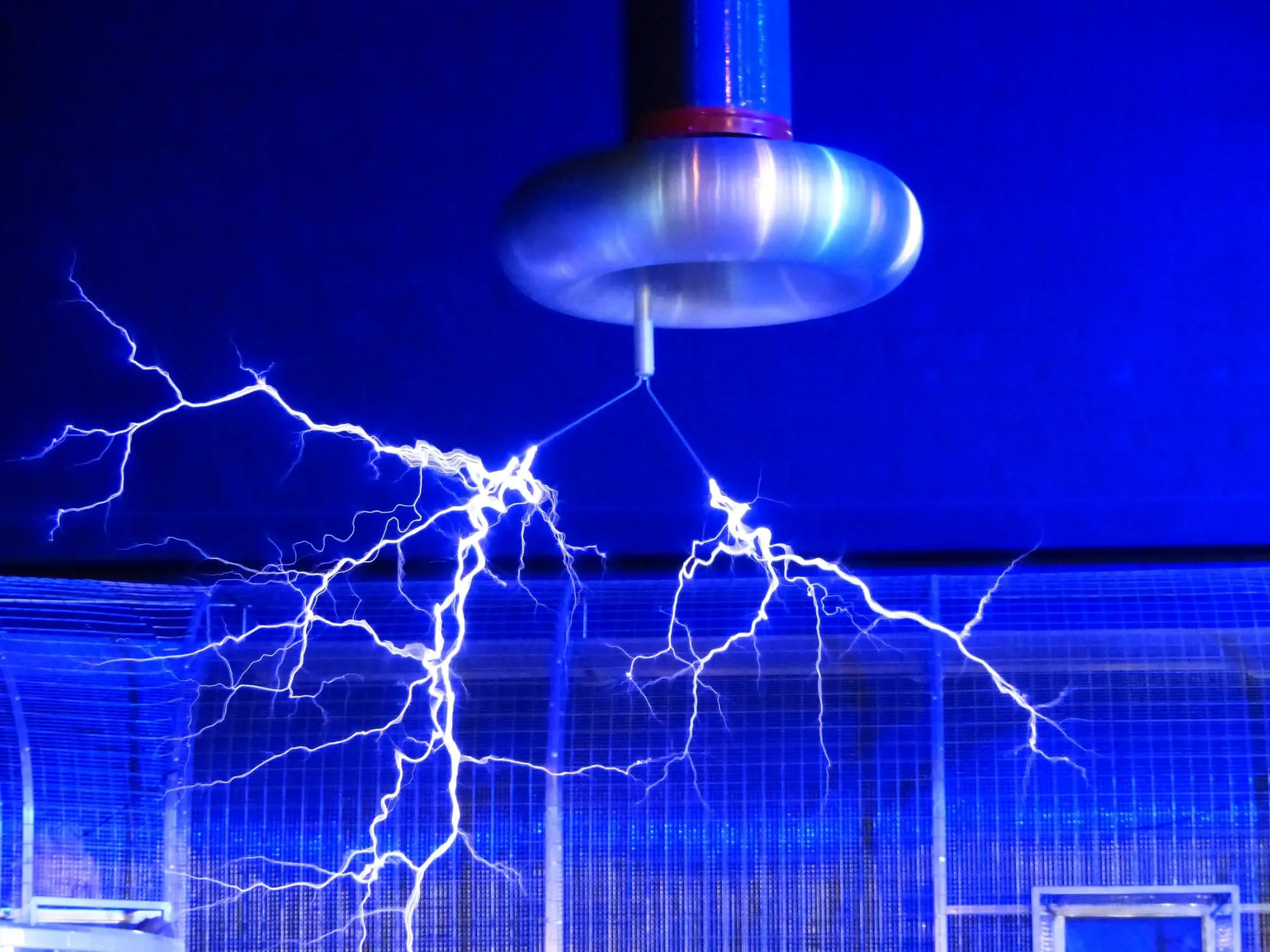There are two types of energy sources. These are primary and secondary sources of energy. An energy that is found in nature is typically known as the primary source of energy. Some of the primary sources of energy are Coal, Hydropower, Wind, Natural gas, and, Nuclear energy, etc.
On the other hand, the energy that is produced by converting primary sources of energy by any human means possible is known as the secondary source of energy. In other words, a form of energy that has been generated by any human-engineered conversion process is known as the secondary source of energy.
The production of electricity is basically a secondary source of energy. To summarise, we produce electricity by converting energy available in nature. These natural energies are nothing but the primary sources of energy that we use as different sources of power generation in the world.
What are the 6 Sources of Electricity?
Electrical energy is nothing but the energy that we get by converting the primary energy. There are so many natural energy sources that we use to generate electricity.
Not to mention, some of these energy sources will be renewable and some will be non-renewable sources. Let’s get to know what these sources are and more importantly, how they help us to generate electricity!!!
- Fossil Fuels for Electricity
- Nuclear Energy for Electricity
- Solar Energy for Electricity
- Wind Energy for Electricity
- Hydropower for Electricity
- Geothermal Energy for Electricity
Editor’s Choice: Difference Between Renewable and Nonrenewable Energy Resources
Fossil Fuels for Electricity
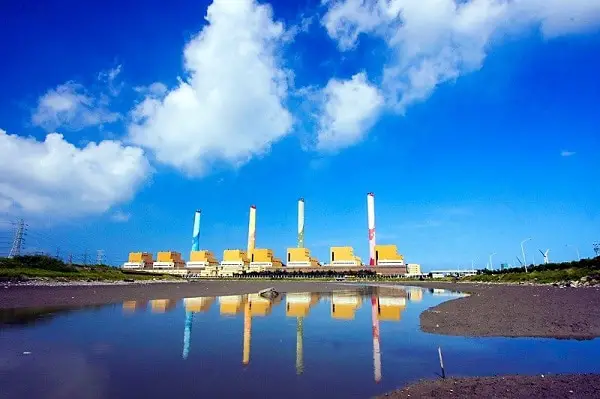
In general, there are three major types of fossil fuels that we use for the production of electricity. These are Coal i.e a solid, petroleum, or diesel i.e a liquid, and natural gas.
Editor’s Choice: Top 6 Different Types of Energy with Their Examples (All New)
What is worrisome about fossil fuels is that on one hand, Fossil fuels are by far the biggest contributor to electricity generation across the globe. On the other hand, they are also responsible for large-scale global warming and climate change.
In fact, according to a recent research paper published in Advancing Earth and Space Science, Glacial melting due to global warming is likely the cause of a shift in the movement of the poles that occurred in the 1990s. In other words, climate change due to the excessive burning of fossil fuels has altered the Earth’s tilt.
How do thermal power plants work?
A system that produces electricity by burning fossil fuels is known as a thermal power plant. Here is how a thermal power plant works!!!
Step One
The combustion of fossil fuels takes place to generate heat. Fossil fuel can be Coal, petroleum, residual fuel oil, diesel, or natural gas.
Step Two
The heat produced in the first step is used to vapourize the water to generate steam.
Step Three
The steam is then released and directed towards the blade of the turbine.
Step Four
As the steam touches the turbine, the potential energy of steam spins the blades of the turbine, which in turn starts off the electric generator to produce electricity.
Did You Know?
Did you know fossil fuels currently account for over 65 percent of the world’s electric power? Not to mention, these figures change when we talk about different countries.
For example, according to U.S. Energy Information Administration, Fossil fuel was the largest source—about 60%—of U.S. electricity generation in 2020.
Similarly, 89 percent of Australia’s electricity is generated from burning fossil fuels. On the other hand, fossil fuels account for over 61.5 percent of India’s electricity generation.
Nuclear Energy for Electricity
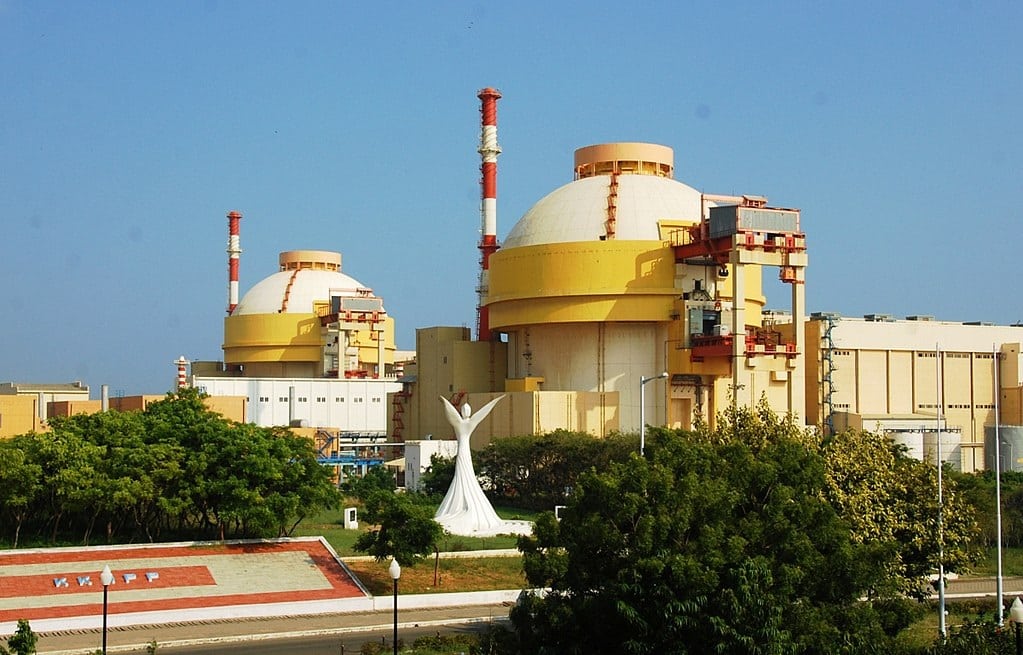
The next and most important way to generate electricity is nuclear energy. The energy that we harness from the nucleus of an atom is known as nuclear energy. In general, there are two major types of nuclear fuel i.e Uranium and Plutonium.
Nuclear energy comes under the category of non-renewable energy resources. Not to mention, some group of nuclear scientists argues that nuclear energy itself is a renewable one, but the material used in the nuclear power plant is not.
In fact, recently, the European Union commission concluded that nuclear energy is clean energy. However, this topic is highly debatable in the scientific community.
How do nuclear power plants produce electricity?
A system that produces electricity by the process of nuclear reactions is known as a nuclear power plant. Here is how nuclear power plants produce electricity!!!
Step One
A large amount of energy is released due to the splitting of atoms by the process of controlled nuclear fission chain reaction. Nuclear fuel can either be Uranium or Plutonium.
Step Two
The energy produced in the first step is used to vapourize the water to generate steam.
Step Three
The steam is then released and directed towards the blade of the turbine.
Step Four
As the steam touches the turbine, the potential energy of the steam spins the blades of the turbine. Hence starts off the electric generator produces electricity.
Did You Know?
Did you know nuclear energy currently accounts for around 10 percent of the world’s electric power? Not to mention, these figures change when we talk about different countries.
For example, Nuclear Energy was the source of about 20 percent of U.S. electricity generation in 2020. Similarly, according to Energy UK, currently, around 21 percent of Britain’s electricity supply is provided by nuclear power from 15 reactors.
On the other hand, Nuclear power accounts for around 1.8 percent of India’s electricity generation.
Solar Energy for Electricity
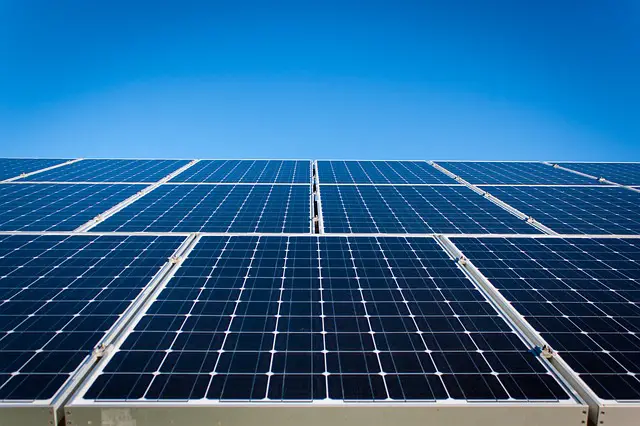
Though it is one of the cleanest sources of energy for electricity generation. Yet, due to their high installation cost, they are less in use as compared to other conventional sources. But, thanks to the latest technological advancements, the installation cost is reducing exponentially.
In general, there are two ways to generate electricity with the help of solar energy. These are Photovoltaics and Concentrated Solar Power Plant. The working process of Photovoltaic cells is quite simple. Photovoltaic cells convert light into an electric current using the photovoltaic effect.
How do solar power plants work?
A system that produces electricity by concentrating sunlight into a small beam to produce useful work is known as the solar thermal power plant. The working of a solar power plant is as follows!!!
Step One
A large amount of energy (heat) is generated by concentrating a large amount of sunlight in a small area using concave mirrors.
Step Two
The heat produced in the first step is used to vapourize the water to generate steam.
Step Three
The steam is then released and directed towards the blade of the turbine.
Step Four
As the steam touches the turbine, the potential energy of steam spins the blades of the turbine, which in turn starts off the electric generator to produce electricity.
Did You Know?
Did you know the current largest photovoltaic power station in the world is the Pavagada Solar Park, Karnataka, India with a generation capacity of 2050 MW?
In fact, according to NS ENERGY, India currently stands third in Asia and fourth in the world in terms of solar power production across its plants, with solar accounting for about 38% of its total renewable energy capacity.
Wind Energy for Electricity
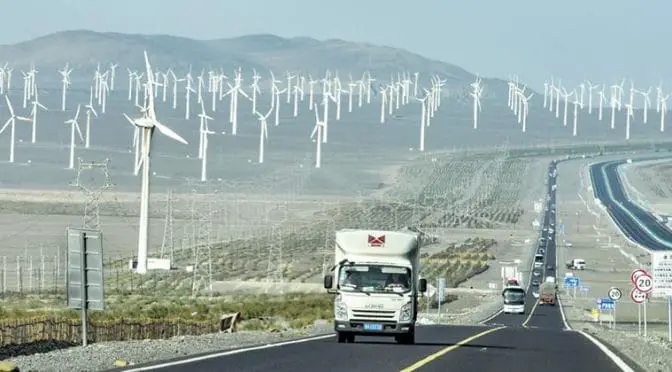
Wind energy for electricity generation is by far one of the cleanest forms of natural energy. Not to mention, just like solar energy, this form of energy also comes under the category of renewable energy. In fact, wind energy is a form of solar energy.
Must Read: Top 6 Sources of Mechanical Energy You Should Know
Though it is one of the cleanest as well as the cheapest energy sources. Yet, because of the variable output due to the variable wind pressure throughout the year, they are less in use.
Not to mention, according to the Environmental Journal, Boris Johnson (British Prime Minister) has pledged that by 2030, offshore wind farms will generate enough power for every home in the UK. In other words, the race is on to make wind energy the future.
How do wind turbines produce electricity?
A system that produces electricity by converting the potential energy of the wind into useful work is known as a wind power plant or simply a wind turbine. Here is how wind turbines produce electricity!!!
Step One
Wind falls on the wind turbine.
Step Two
As the wind touches the turbine, the potential energy of the wind spins the blades of the turbine.
Step Three
As the wind starts to rotate the blades of the wind turbine, the electric generator starts to produce electricity.
Did You Know
Did you know according to the bp Statistical Review of World Energy 2020, in 2019, wind supplied 1430 TWh of electricity, which was 5.3% of worldwide electrical generation, with the global installed wind power capacity reaching more than 651 GW, an increase of 10% over 2018?
Not to mention, these figures change when we talk about different countries. For example, Wind energy was the source of about 8.4 percent of U.S. electricity generation in 2020.
On the other hand, Wind power accounts for nearly 8.5% of India’s total installed power generation capacity, and it generates 1.6% of the country’s power.
Hydropower for Electricity

This form of energy is also classified as renewable energy. The energy of the water is generated by constructing a dam across the river flowing upstream to downstream.
WHY? because in order to create a water head (pressure), a dam has to be built upstream of the river. People’s Republic of China’s Three Gorges Dam is the world’s largest hydroelectric facility.
Editor’s Choice:
How do hydropower plants produce electricity?
A system that produces electricity by converting the potential energy of the water stored in a dam into useful work is called a hydropower plant. Here is how hydropower plants produce electricity.
Step One
Water stored in a dam is released and directed towards the blades of the turbine.
Step Two
As the water touches the turbine, the potential energy of water spins the blades of the turbine, which in turn starts off the electric generator to produce electrical energy.
Did You Know?
Did you know hydropower currently accounts for nearly 16 percent of the world’s electric power? Not to mention, these figures change when we talk about different countries.
For example, according to U.S. Energy Information Administration, hydropower was the source of about 7.3 percent of U.S. electricity generation in 2020.
Similarly, according to Ausgrid, hydropower is the source of about 6 percent of Australia’s electricity generation.
On the other hand, according to the Government of India’s Ministry of Power, Hydropower accounts for around 12.2 percent of India’s electricity generation.
Geothermal Energy for Electricity

Geothermal energy is the energy or heat that we harness from within the earth. This form of energy is strictly classified as renewable.
People on earth have been using energy from the heat of the world for thousands of years for cooking, heating, hot water, bathing, etc. And, in modern times, we are also using this natural form of energy for the production of electricity.
How do geothermal power plants work?
A system that produces electricity by converting the energy of geothermal reservoirs into useful work, we call this type of system a geothermal power plant. The working of a geothermal plant is as follows!!!
Step One
The energy of the geothermal reservoir is used to vaporize water to generate steam.
Step Two
The steam is then released and directed towards the blade of the turbine.
Step Three
As the steam touches the turbine, the potential energy of steam spins the blades of the turbine, which in turn starts off the electric generator to produce electricity.
That’s it for this post. If you like this article, share it if you like, like it if you share it. You can also find us on Mix, Twitter, Pinterest, and Facebook. Hey man, If you have come this far, do give us feedback in the comment section. It would make my day. You can also make a donation. Your donations will help us to run our website and serve you BETTER. Cheers!!!
